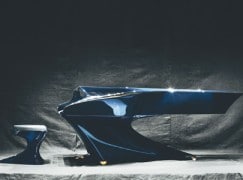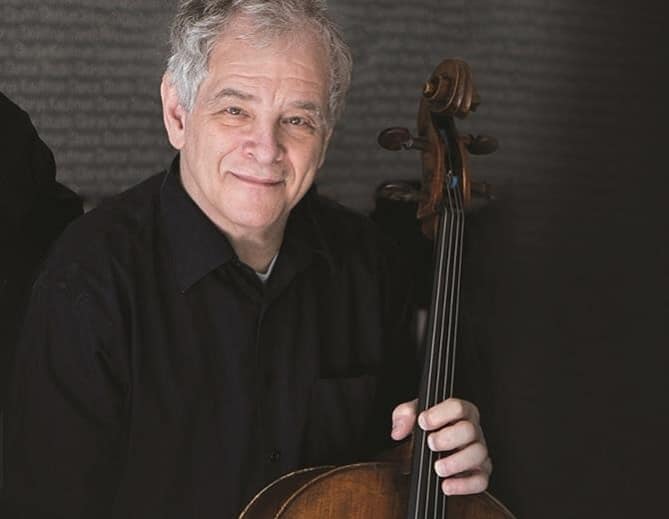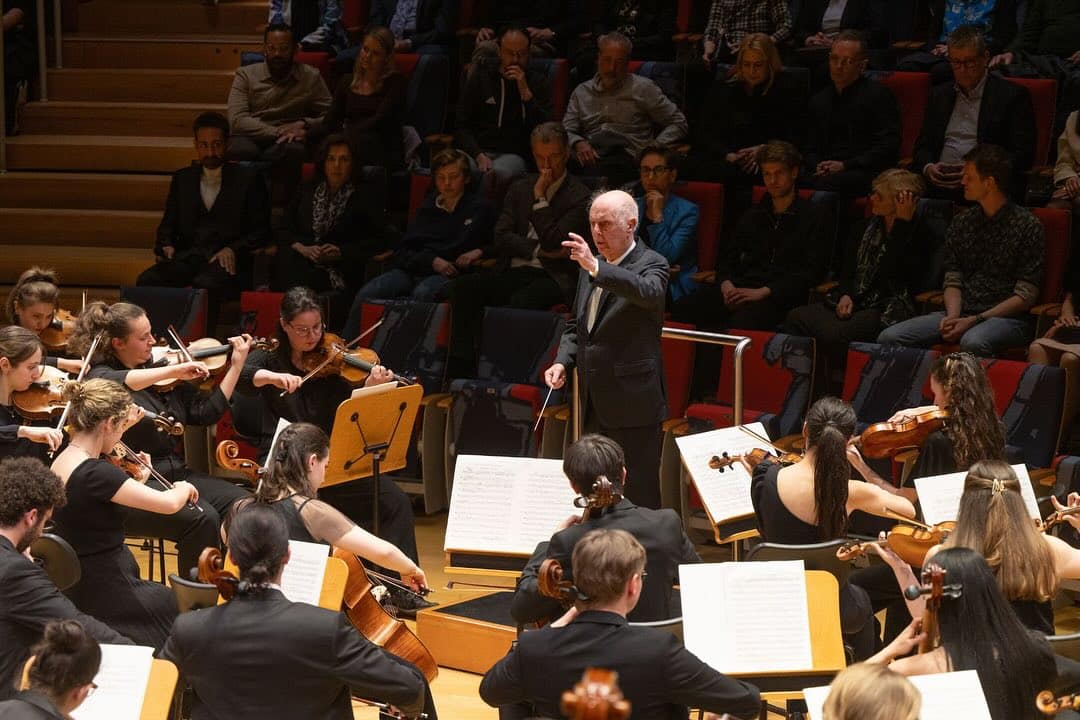Love the piano, not sure about the sound
mainIn Budapest on other business, I stopped by Franz Liszt’s old place to examine his keyboard collection. No artist on any instrument did more to challenge manufacturers to make improvements to what he played. Over Liszt’s lifetime, largely driven by him, the piano matured from tinkle to thunder. Here’s what’s left in the apartment:
Two US-made Chickerings, the summit of 19th-century technology, still play thunderously well. An 1873 Bösendorfer, whose Viennese manufacturer was Liszt’s close friend, is distinctly more anaemic.
Concert grands aside, Liszt packed his rooms with every variety of keyboard: a groaning harmonium, for organ-like sonorities; a mute keyboard, for keeping the fingers supple on long journeys; a glass piano that pings out perfect pitch, never needing to be retuned. Best of all is a Bösendorfer keyboard that slides out of his desktop, relieving Liszt of the need to walk across the room to find a chord while writing a score. It is the prototype of the modern executive’s retractable computer keyboard, an ingenious romantic convenience.
Away from the apartment, I attended the first concert performance of Gergely Boganyi’s revolutionary new piano, the first to dispense with a third leg, a wooden soundboard and a traditional shape. If looks could kill, it would have knocked me dead on the spot. But what about the sound? you ask. I write about it in the new issue of Standpoint. Read the full essay here.






Comments